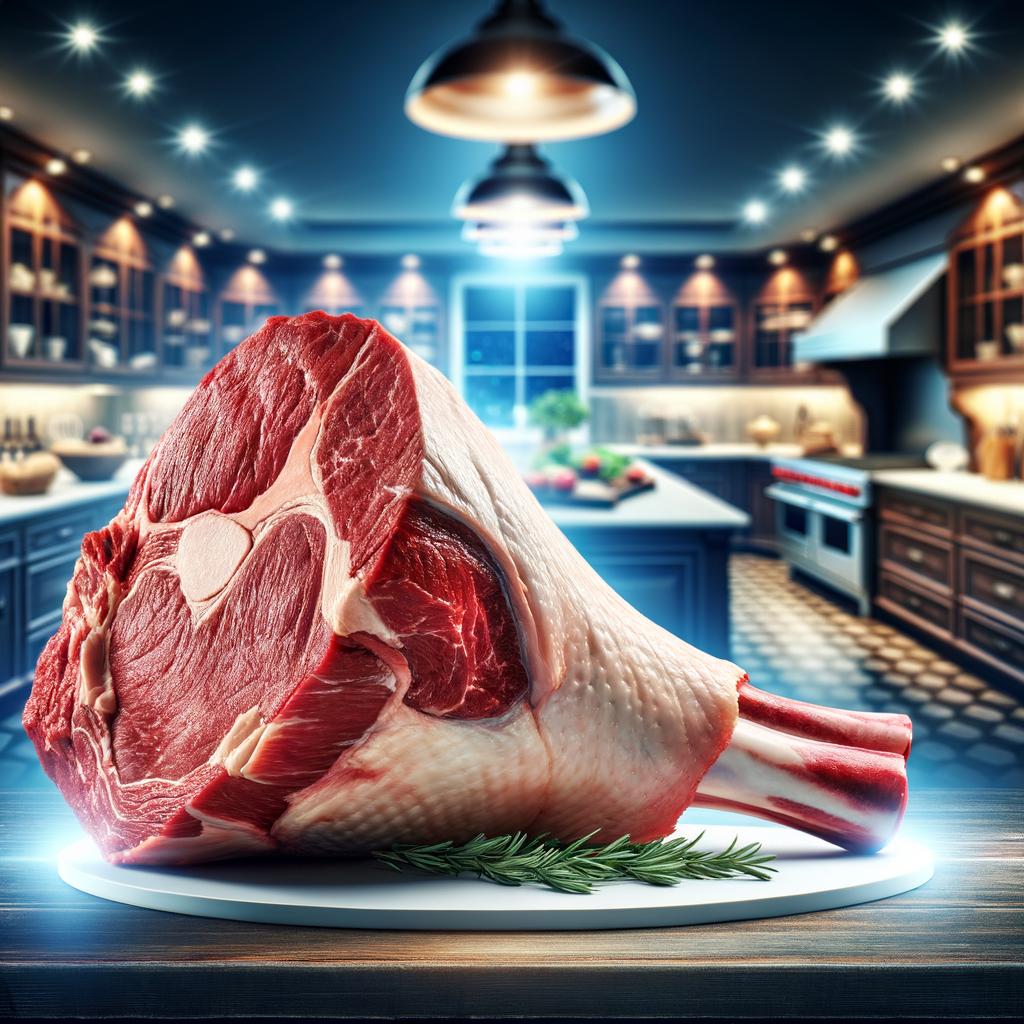Beef Head and Leg

Description
Beef head and leg, often referred to as offal, are parts of the cow that are perhaps less familiar to many, yet they hold a rich depth of flavor and texture that is unmatched in other cuts. The head, with its succulent cheeks and tender tongue, and the leg, with its lean meat and gelatinous marrow, are a treasure trove of culinary delights. The meat from these parts is robust, with a dense texture that becomes incredibly tender and flavorful after slow cooking. The marrow, hidden within the leg bones, has a buttery, rich taste that is both delicate and intense.
What sets these cuts apart is their versatility. While they may be initially daunting due to their unfamiliarity, they offer a unique culinary experience. The head, for instance, provides the base for stocks and broths, while the tongue can be served as a delicacy. The leg, with its marrow, is a cornerstone for rich, hearty dishes.
Primary Uses
The use of beef head and leg is widespread across various cuisines. In Mexican cuisine, the head is used to make barbacoa, a traditional dish where the meat is slow-cooked until tender, then shredded and served in tortillas. The leg is often used in hearty soups and stews, providing a rich depth of flavor.
In French cuisine, the beef tongue is considered a delicacy, often served in a sauce made of mushrooms and Madeira wine. The leg bones, with their rich marrow, are used to make the famous dish, Osso Buco.
Beyond the culinary world, these cuts are also valued for their medicinal properties. In traditional Chinese medicine, bone marrow is believed to nourish the body and support the immune system.
History
The use of beef head and leg dates back to the earliest days of domesticated cattle, where nothing was wasted. These cuts were, and still are, a vital part of many traditional cuisines around the world. From the hearty soups of Eastern Europe to the rich tacos of Mexico, these parts of the cow have nourished countless generations.
In the past, these cuts were often seen as the 'poor man's meat', affordable and filling. However, with the rise of nose-to-tail eating and a renewed appreciation for their unique flavors and textures, they have found their way into gourmet kitchens worldwide.
There are countless tales associated with these cuts, from the legend of the Mexican cowboy who first created barbacoa, to the story of the French chef who elevated the humble beef tongue to a delicacy.
Nutritional Information
Beef head and leg are not only flavorful but also nutritionally dense. They are a good source of protein, essential for muscle growth and repair. The marrow within the leg bones is rich in healthy fats, and it also contains essential nutrients such as Vitamin B12, iron, and zinc.
Compared to more common cuts like steak or ground beef, the head and leg offer a unique nutritional profile. The tongue, for instance, is high in fat, making it a good source of energy. The marrow, on the other hand, is high in collagen, which is beneficial for skin and joint health.
However, as with all things, these cuts should be consumed in moderation. The high levels of cholesterol in the marrow and the high sodium content in the tongue may pose health risks if consumed excessively.

